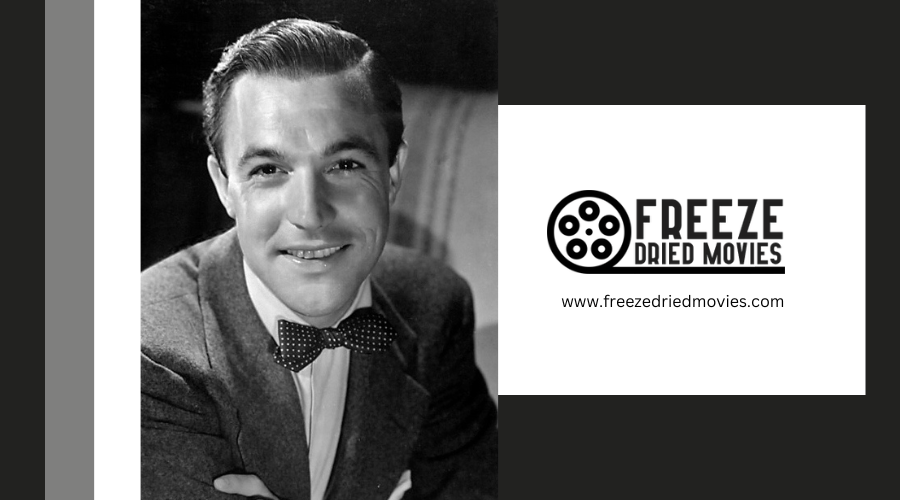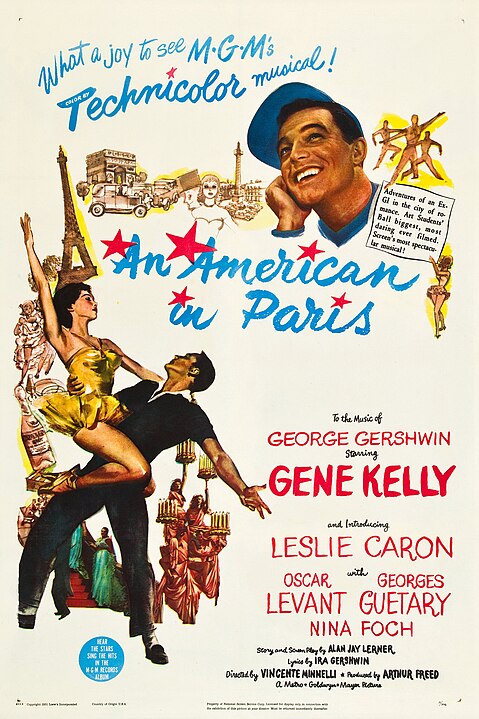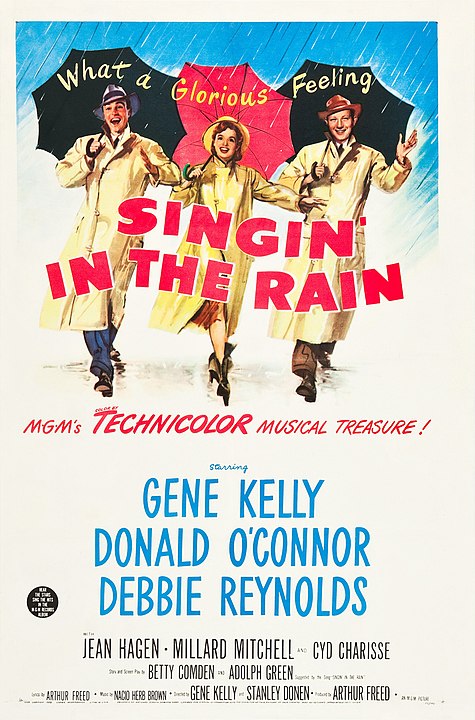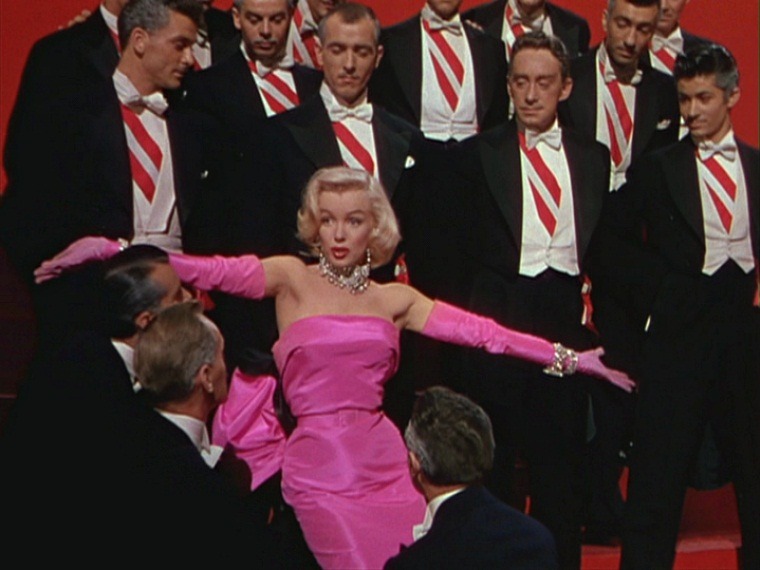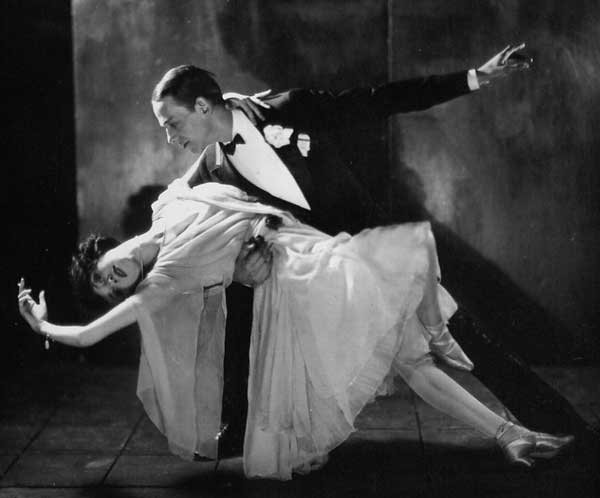You’re stepping into a time when cinema wasn’t just about the story; it was an immersive experience where music led the dance. The 1950s were a golden era where directors like Vincente Minnelli and icons like Gene Kelly turned movie theaters into grand stages for musicals that still resonate today. Films like ‘Singin’ in the Rain’ and ‘An American in Paris’ didn’t just entertain; they set a benchmark in cinematic history, blending storytelling with music in ways that hadn’t been seen before. But what made this era stand out, and why do these musicals hold a special place in the hearts of cinephiles and music lovers alike? Stick around, and you might just discover how this magical decade continues to influence the films and music we cherish today.
Key Takeaways
- The 1950s marked a peak in movie musicals with iconic films like ‘Singin’ in the Rain’ and ‘An American in Paris’.
- Technological advancements in color cinematography enhanced the visual appeal of musicals during this Golden Age.
- Directors like Vincente Minnelli and stars such as Fred Astaire and Judy Garland became synonymous with the era’s musicals.
- Musical scores and choreography from this time, including works by George Gershwin and performances by Gene Kelly, left a lasting impact.
- The cultural influence of 1950s musicals extended beyond cinema, shaping societal norms and influencing modern music and film.
The Rise of Movie Musicals
During the 1950s, iconic movie musicals like ‘Singin’ in the Rain’ and ‘An American in Paris’ marked the era’s rise to fame. This period, now revered as the Golden Age of musical cinema, was a time when you couldn’t step into a movie theater without being swept up in a world of dazzling dance sequences, unforgettable melodies, and larger-than-life characters. Directors such as Vincente Minnelli and Stanley Donen were at the helm, crafting stories that transcended the ordinary, while technological advancements in color cinematography made these films a feast for the eyes.
You’d find the likes of Fred Astaire, Gene Kelly, Judy Garland, and Marilyn Monroe lighting up the screen, their names becoming synonymous with the very essence of movie musicals. These iconic stars brought an unmatched charisma and talent, elevating traditional storytelling into something magical. The 1950s didn’t just stick to what was known; it blended the tried-and-true with new themes and styles. This era wasn’t just about making movies; it was about setting a benchmark for musicals that future generations would aspire to.
Iconic Films of the 1950s
In the heart of the 1950s, films like ‘Singin’ in the Rain’ and ‘A Star Is Born’ became cultural touchstones, defining an era of cinematic musicals. Imagine the sheer magic of ‘Singin’ in the Rain’, where Gene Kelly’s iconic dance in the rain captured hearts, and the tale of Hollywood’s shift from silent films to talkies unfolded. You’d be swept away by Judy Garland’s powerful portrayal in ‘A Star Is Born’, a narrative so tragic it earned her an Oscar nod.
Let’s not overlook ‘An American in Paris’, a spectacle of dance and romance that snagged the Best Picture Oscar. Its love triangle plot, set against a backdrop of mesmerizing dance sequences, showcased the era’s artistic ambition. Meanwhile, ‘Gentlemen Prefer Blondes’ allowed Marilyn Monroe to dazzle, playing a showgirl with dreams as big as her voice.
The decade also brought you ‘Funny Face’, where the allure of Paris was matched only by the chemistry between Audrey Hepburn and Fred Astaire. Here, fashion and romance intertwined, setting a benchmark for style in musicals. These films weren’t just entertainment; they were milestones in cinema, capturing the essence of an era where every song had a story, and every dance move was a brushstroke in the broader picture of 1950s Hollywood.
Key Directors and Stars
The golden age of 1950s musicals wouldn’t have been the same without the visionary directors and stars who brought these stories to life. You’ve seen their work, now let’s explore the names that made this era unforgettable:
- Vincente Minnelli directed masterpieces like ‘An American in Paris’ (1951) and ‘Gigi’ (1958), enchanting audiences with his vibrant storytelling and eye for detail. His films have become benchmarks in musical cinema.
- Gene Kelly wasn’t just a phenomenal dancer; he also co-directed ‘Singin’ in the Rain’ (1952), showcasing his athletic dancing style and innovative vision. Kelly’s energy and creativity left a lasting impact.
- Fred Astaire brought elegance and impeccable timing to the screen in ‘Funny Face’ (1957) and ‘Silk Stockings’ (1957). His legendary dance sequences remain a high point of the genre.
- With powerful vocals and emotional depth, Judy Garland made a triumphant return in ‘A Star Is Born’ (1954), directed by George Cukor. Meanwhile, Marilyn Monroe dazzled in ‘Gentlemen Prefer Blondes’ (1953), proving her star power was undeniable.
These talents shaped an era, blending innovation with classic charm, and their legacy continues to inspire.
Musical Scores and Choreography
Musical scores and choreography played pivotal roles, transforming 1950s musicals into timeless classics. In ‘Singin’ in the Rain’ (1952), the musical score by Nacio Herb Brown and Arthur Freed, featuring hits like the titular track, set the stage for Hollywood musicals’ golden era. The choreography, integral to the film’s success, brought the songs to life, making it an unforgettable spectacle.
‘Singin’ in the Rain’ wasn’t alone. ‘Funny Face’ (1957) showcased Fred Astaire’s legendary dance moves alongside Audrey Hepburn, thanks to Stanley Donen’s innovative choreography. Meanwhile, ‘An American in Paris’ (1951) combined George Gershwin’s iconic music with Gene Kelly’s balletic performance, creating a cinematic masterpiece celebrated for its artistic ambition and production design.
Jack Cole’s choreography in ‘Gentlemen Prefer Blondes’ (1953) emphasized Marilyn Monroe’s compelling performance, especially in numbers like ‘Diamonds Are a Girl’s Best Friend.’ This film highlighted how choreography and musical scores worked hand in hand to elevate Hollywood musicals.
Lastly, ‘Gigi’ (1958) under Vincente Minnelli’s direction, benefited from Frederick Loewe and Alan Jay Lerner’s musical score, enhancing the film’s romantic allure. This era underscored the importance of music and movement, solidifying the musical as a cornerstone of cinematic achievement.
Cultural Impact and Legacy
You’ve seen how 1950s musicals revolutionized cinema, but their cultural impact goes deeper. These films shaped social norms, inspired countless artists, and left a legacy of evolving soundtracks that continue to influence music today. Let’s explore how this golden era continues to resonate in modern culture.
Shaping Social Norms
How did 1950s musicals shape societal norms and leave a lasting cultural legacy? These films didn’t just entertain; they sparked conversations, challenged the status quo, and mirrored society’s evolution. Here’s how:
- Marilyn Monroe’s Lorelei Lee in ‘Gentlemen Prefer Blondes’ redefined female independence, showcasing a blend of wit and wisdom.
- ‘A Star Is Born’ peeled back the glamorous facade of Hollywood, addressing fame, addiction, and pressures.
- Films like ‘High Society’ navigated class distinctions and superficial judgments, enriching social commentary.
- ‘Carmen Jones’ broke racial barriers, promoting diversity with its African-American cast and leading the way in representation.
Together, these elements, including unforgettable dance sequences, not only entertained but also reflected and influenced cultural shifts, leaving an indelible mark on society.
Inspiring Future Generations
The legacy of 1950s musicals has profoundly shaped the aspirations and creative directions of countless filmmakers and performers across generations. These classic films set a high bar for storytelling, integrating engaging narratives with intricate choreography and unforgettable music. You’ve seen their influence in modern cinema, where homage is paid to these trailblazers, proving their timeless appeal. Beyond entertainment, these musicals pioneered diverse representation, challenging and changing the industry’s landscape. Today, their spirit lives on, inspiring new tales that resonate with audiences worldwide. The impact is clear; the golden age of musicals has not only left a mark on history but continues to guide and motivate those who dream of making their mark in the world of film and performance.
Evolving Soundtracks Legacy
Building on the legacy of 1950s musicals, their soundtracks have left an indelible mark on both modern music and pop culture. The integration of music and dance in films like Singing In The Rain and An American in Paris showcased the unmatched talent of Gene Kelly, Fred Astaire, and Cyd Charisse. These musical numbers have not just survived; they’ve thrived, influencing countless artists and filmmakers.
Here’s how:
- Iconic Songs: Tracks like “Singin’ in the Rain” and “I Got Rhythm” became timeless hits.
- Musical Storytelling: Set new benchmarks for the integration of music and dance in storytelling.
- Inspirational Performers: Gene Kelly and Fred Astaire became legends, inspiring future generations.
- Cultural Influence: These soundtracks continue to be celebrated and reinterpreted, shaping the musical landscape.
Preserving the Golden Age
Ensuring these iconic 1950s musicals remain accessible and appreciated requires dedicated efforts from both archivists and fans alike. The musical genre, particularly the 1950s musicals, represents the pinnacle of the Golden Age, showcasing iconic movies that have left an indelible mark on cinema. Directors like Vincente Minnelli and Stanley Donen crafted visually stunning and memorable musicals that continue to captivate audiences. These films, featuring stars like Gene Kelly, Fred Astaire, Judy Garland, and Marilyn Monroe, epitomize the era’s charm and talent.
Preservation involves restoring and maintaining the vibrant Technicolor beauty and the elaborate dance sequences that defined these musicals. It’s not just about keeping the films themselves safe but also about ensuring their timeless appeal and cultural significance are recognized by new generations. Through digital restoration, these classics can continue to enchant, their catchy songs and intricate choreographies as mesmerizing now as they were then. By supporting these efforts, you’re contributing to the legacy of 1950s musicals, ensuring they remain a cherished part of our cultural heritage.
Frequently Asked Questions
What Was Considered the Golden Age of Musicals?
The golden age of musicals was from the 1930s to the early 1950s. It’s when iconic films and stars like Fred Astaire shone, and directors like Busby Berkeley transformed dance on screen.
Why Were Musicals so Popular in the 1950s?
You’re drawn to 1950s musicals for their vivid colors and stunning dances. After World War II, you sought joy and found it in these films, enhanced by new technology and stars like Judy Garland.
What Was the Best Musical of the 1950s?
Determining the best musical of the 1950s is subjective, but “Singin’ in the Rain” often tops the list. Its iconic choreography and vibrant colors captivate audiences, making it a timeless classic in cinema history.
When Was the Golden Era in Theatre?
The golden era in theatre was between the 1930s and early 1950s. You’d recognize it for iconic musical films like ‘The Wizard of Oz’. Stars like Fred Astaire shined, making this period unforgettable in cinema.
Conclusion
You’ve journeyed through the enchanting world of 1950s movie musicals, where directors like Minnelli and stars like Kelly danced into history. You’ve seen how iconic films blended music and story, creating magic that’s lasted. The choreography, the scores, they didn’t just entertain; they shaped culture. Now, it’s our turn to keep this legacy alive, ensuring future generations can also be swept away by the timeless allure of cinema’s golden age. Let’s cherish and preserve this unforgettable era of musical brilliance.

